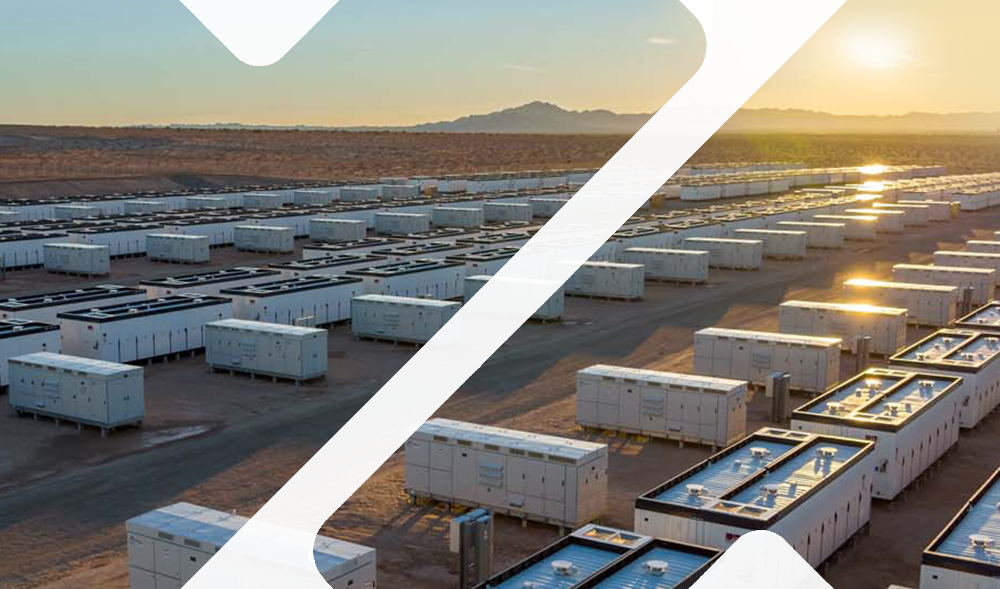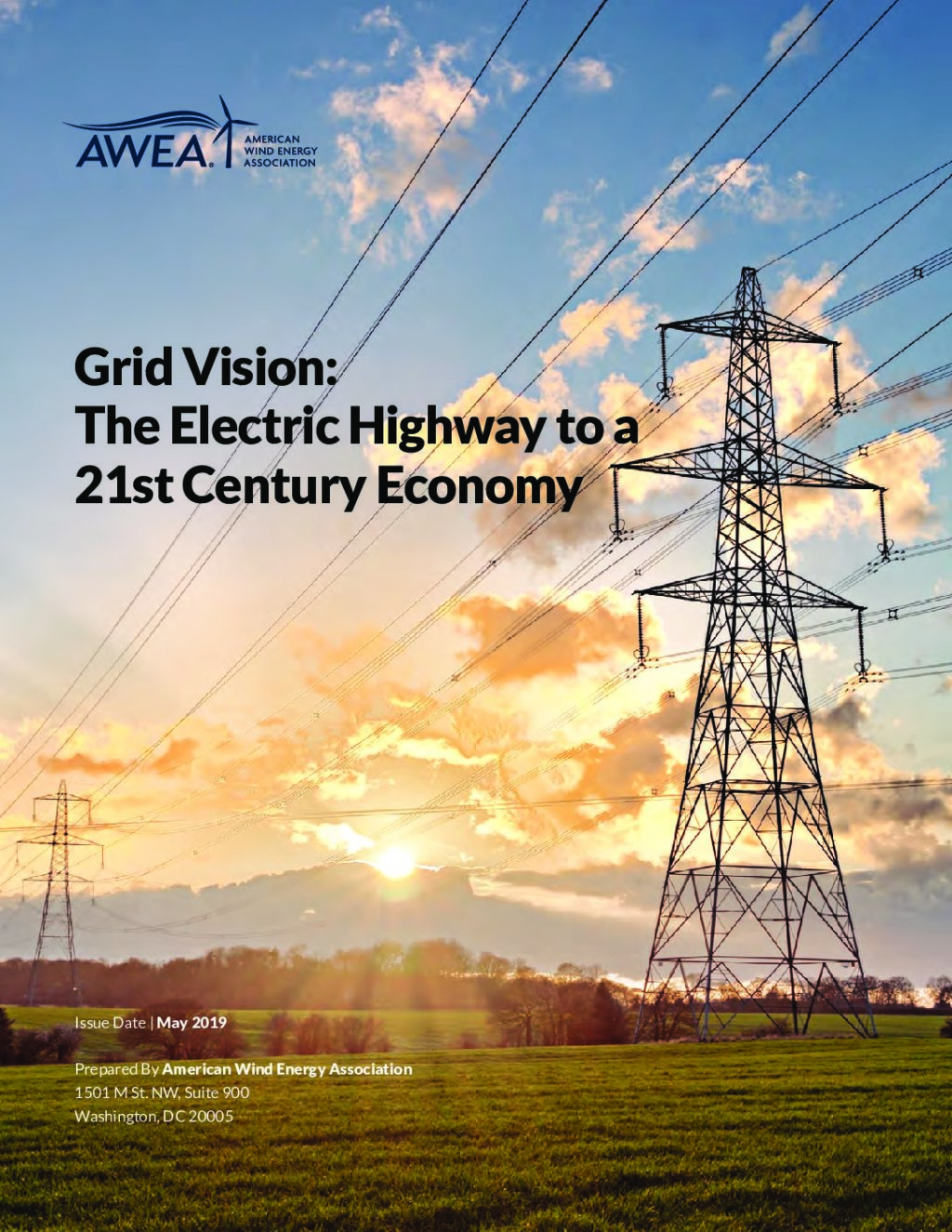American Clean Power
Transportation storage
As the electric vehicle (EV) market grows, accommodating the added electric demand that charging during on-peak times will add becomes a crucial effort for our grid.
Energy storage and transportation
While much of these vehicles’ charging occurs at night and during weekends, when electricity value and price are low or relatively low, and while passenger vehicles are not needed or used, some EVs will need to charge during the day and even during peak demand periods when the grid is already providing the maximum amount of power.
If EV charging occurs in parts of the grid that do not have sufficient capacity “head-room” to accommodate the extra power needs, then there are two basic alternatives. First, the utility could increase the amount of generation, transmission, and distribution (GT&D) infrastructure to add needed capacity. The second alternative is to install distributed energy resources (DERs) including distributed generation and storage. To achieve the desired effect, the DER capacity must be installed electrically downstream from congestion points to serve the added on-peak demand locally.
EVs can also be an electricity resource themselves, however. When plugged in, the batteries in these vehicles could provide many of the grid services that stationary energy storage systems can provide and can also be actively managed to reduce the impacts their charging can have on the electric grid – an increasingly important capability as more and more EVs are plugged into the grid.
Transportation storage statistics
$2.91B
1,756
88%
How EVs and Energy Storage Work Together
The growth in the EV market has important implications for the electricity grid.
EVs will use an increasing amount of electricity – resulting in more generation operation with a commensurate increase of generation fuel use and air emissions. They will require additional capacity to make, transmit and deliver additional energy, especially during the electric grid’s peak demand times (times when the maximum power draw on the grid occurs).
The electric grid is facing a need for extra generation to produce the power EVs need. Additionally, grid operators are facing a need to upgrade and enhance transmission and distribution (T&D) systems, mostly by adding more capacity to transmit and deliver the additional electricity during the grid’s peak demand times.
Given the expected proliferation of EVs, there is growing focus by utilities, regulators, policymakers and legislators on development of plans to accommodate the added electric demand that charging during on-peak times will add to the non-EV demand.
An alternative to the conventional T&D response is to add distributed electricity storage at or near EV charging stations. Doing so reduces the amount of T&D capacity needed on-peak to serve the EV charging-portion of the total peak demand. And, the storage is charged using low priced, off-peak energy when generation fuel use and air emissions are lowest (on a per kilowatt-hour basis).
A smarter, more responsive grid backed by energy storage resources will provide the monitoring, communications, control, and computational capabilities to accommodate fast EV charging during peak demand periods.
Using energy storage for EV charging has some notable synergies with other benefits. For example, distributed storage for EV charging could be part of a localized strategy to integrate distributed photovoltaics and to provide very reliable electrical service in specific parts of the grid. Also, charging at night when demand for electricity is low would smooth demand, thus reducing the utilities’ overall cost-of-service.
EV and Electricity Storage Market Interactions
Notably, EVs that are connected to the grid could be used in lieu of or in conjunction with electricity storage in emergencies or extreme supply shortages, to supply power to the grid. This application is known as vehicle-to-grid.
As EVs hook up to chargers in more homes and businesses, it is possible that EVs could be a non-trivial electric supply resource during rare times when the grid is undergoing an emergency.
When EVs proliferate significantly, purchase of energy at night, during off-peak times, to charge EVs may increase off-peak energy prices enough to reduce the benefit for some grid-related storage uses, especially energy time-shift and TOU energy cost management. The proliferation of EVs could also lead to economies of scale and lower prices for advanced batteries and battery systems, including system management and grid integration (i.e., monitoring, control, communications, interconnection, and computer algorithms).
EVs and storage complement each other, and they may also drive more competition in the battery market. Energy storage will play a key role in responding to challenges that will arise as EV charging during on-peak hours becomes more common.





